As much as the physical challenge, trek to EBC inspires a robust sense of satisfaction and personal transformation, as trekkers conquer high-altitude landscapes and learn to adjust to new surroundings. Conquest of the famous trail hinges as much on planning, acclimatisation, and sensitivity to local Sherpa culture as physical fitness, making trekkers’ odyssey an expedition.
To seasoned climbers and newcomers alike, the Everest Base trek promises a life-altering experience, enduring friendships, and tales to share in years to come.
Permits and Entry Fees
Sagarmatha Rural Municipality and National Park
To access the area of Khumbu, you will need to have two primary permits
- Sagarmatha National Park Permit (non‐SAARC): NPR 3,000 (≈ USD 25)
- Khumbu Pasang Lhamu Rural Municipality Permits: NPR 2,000 (≈ USD 15)
TIMS Card
- Trekkers’ Information Management System (TIMS): NPR 2,000 (≈ USD 20) per person trekker; NPR 1,000 (≈ USD 10) on a group basis.
- Total Permit Fee (independent): NPR 7,000 (≈ USD 60)
- Total cost of permits (organised): NPR 6,000 (about USD 50)
Getting There: Transportation
Flights To Lukla
The exhilarating “flight of your lifetime” between Kathmandu (1,350 m) and Lukla (2,860 m) is
- USD 180–200, one way, for every person
Overland travel by Jiri or Salleri
- Bus to Jiri: NPR 1,000–1,500 (≈ USD 10)
- Jeep to Salleri: NPR 2,500–3,000 (≈ USD 25)
(Adds 3–5 walk days and saves USD$150–180 in flight costs.)
Kathmandu Local Transport
- Taxis: NPR 500–1,000 (≈ USD 5–8) per trip.
- Bus fares: NPR 20–50 (≈ USD 0.20–0.50) per ride.
Accommodation During Trekking
Khumbu teahouses are basic but welcoming—and steadily more costly as you go higher.
- Kathmandu (Budget Hotel): NPR 1,000–3,000 (≈ USD 8–25) per night
- Tea House in Khumbu: NPR 500–1,000 (≈ USD 4–8) per night
- Dorm‐Style Rooms: NPR 200–300 (≈ USD 2–3) per night.
Accommodation prices average between USD 6–12 off-season and USD 10–15 in peak season.
Food and Beverage
- Breakfast: NPR 300–500 (≈ USD 2–4)
- Lunch/Dinner: NPR 500–800 (≈ USD 4–6)
- Bottled Water: NPR 100–300 (≈ USD 1–3)
- Tea/Coffee: NPR 100–200 (≈ USD 1–2)
Purification tablets and refillable bottles can cut water costs by half.
- Daily Food Budget: USD 10-20
- Total of USD 120-280 for 12-14
Guide and Porter Services
Local hiring is economically good and is both a joy and safety boost as well.
- Guide: NPR 2,500–3,500 a day (≈ USD 20–30)
- Porter: NPR 2,000–2,500 daily (≈ USD 15–20)
Standard 12-day tour plan: USD 240–360
12-day standard porter program: USD180–240
Gear Purchases and Rental
If you do not bring your own gear from home, you can rent necessary gear in Kathmandu.
- Sleeping Bag: NPR 200–300/day (≈ USD 2–3)
- Down Jacket: NPR 300–500/day (≈ USD 3–4)
- Trekking Poles/Boots: NPR 100–200/day (≈ USD 1–2)
It costs USD 150–300 to buy necessary cold-weather gear outright in Kathmandu, depending on brands.
Travel Insurance & Miscellaneous
- Travel insurance (high altitude cover): USD 85–350 per policy
- Tips to guides/porters: USD 5–USD 15 per person, per staff member overall
- Souvenir, emergency, and additional expenses cover: USD 100–200
Operator Package Costs
If DIY seems overwhelming, local travel agents package it all: porters and guides, lodging, food, transportation, and permits. Typical cost ranges for a 14-day EBC trek:
- Budget operators: $900-1,200 per person
- Mid-Range Operators: $1,100–2,100 per person
- Luxury/Full-Service: $1,600–3,000+ per person (including private lodges, helicopter options)
Money Saving Tips
- Visit in Pre-monsoon season (Mar–May) or Post-monsoon season (Sept–Nov) to avail lower rates of accommodation.
- Share guides/porters with other people to divide costs.
- Pack essentials (base layers, hat, gloves) to save on rental charges.
- Recommended booking flights at least 6–8 weeks in advance for best rates.
Wrapping Up
Overall, an independent Everest Base Camp trek (excluding your overseas flight) will cost you USD 700–900 in permits, food, accommodations and local guides. Add in gear and insurance, and you’re at USD 1,000–1,300.
If you’d prefer to have others handle logistics, packages range USD 900 to USD 3,000 luxury. Either way, you’ll be taking home memories—and a few dollars less—to one of the globe’s best-known treks.



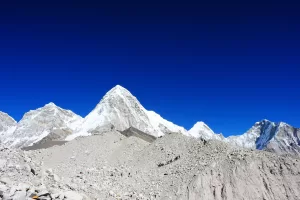
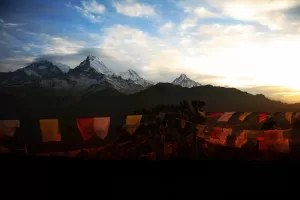

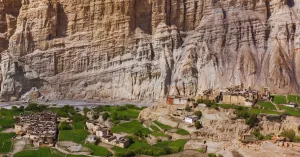
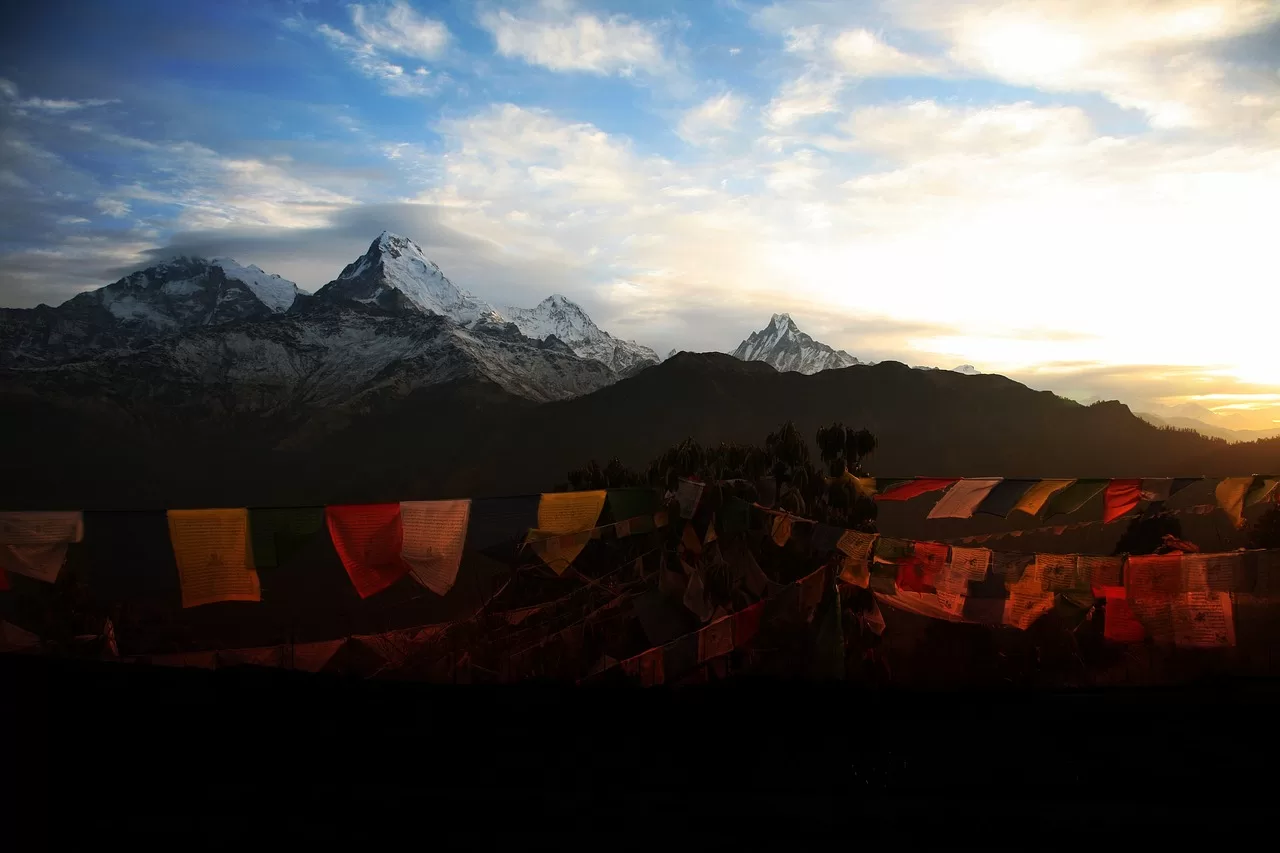
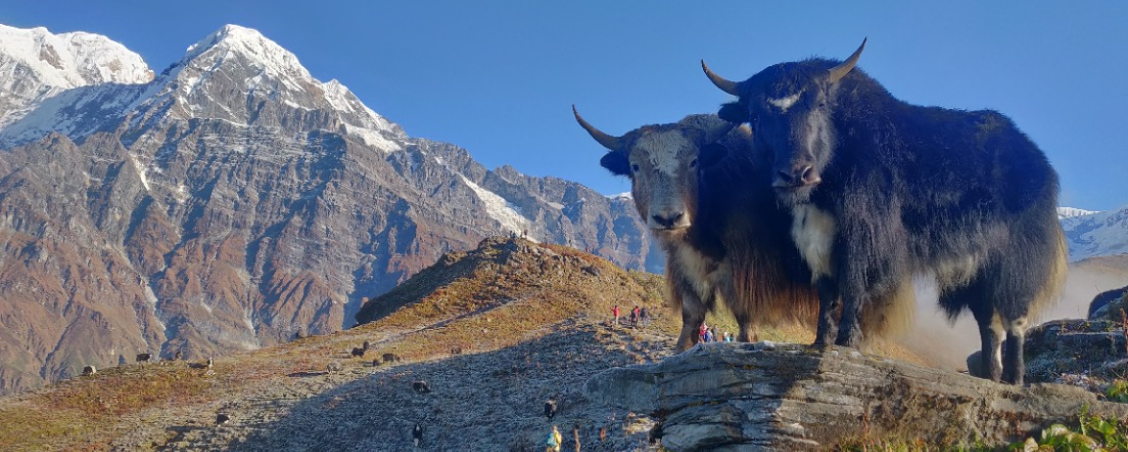
Comments [0]
Add CommentNo Comments Found